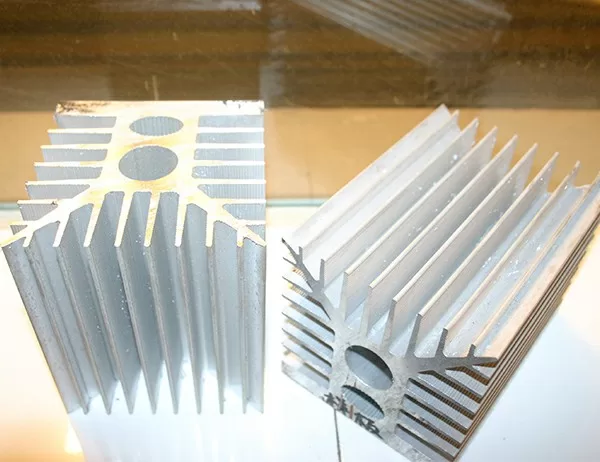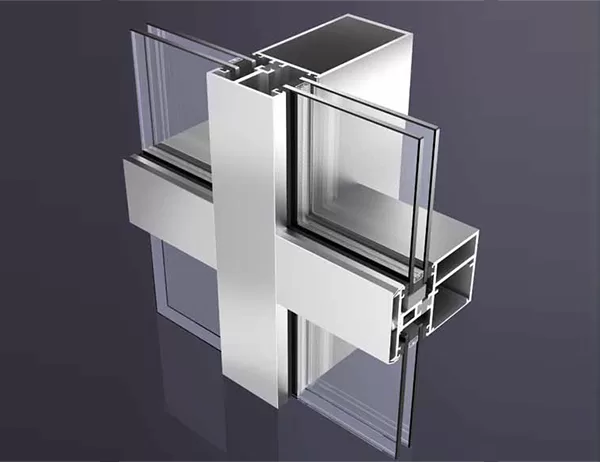The manufacturing process of sheet metal decoilers involves a series of intricate steps that transform raw sheet metal into various finished products. This complex process requires specialized equipment, precise control, and a deep understanding of material properties. Understanding the manufacturing process of sheet metal decoilers is essential for optimizing production efficiency, minimizing waste, and ensuring product quality.
The sheet metal decoiler process begins with the selection of the appropriate sheet metal material. Common materials include steel, aluminum, copper, and stainless steel. The material’s thickness, strength, and formability are carefully considered based on the intended application.
Once the material is selected, it is inspected and prepared for processing. The sheet is cleaned and flattened to remove any imperfections or debris that could hinder subsequent operations.
The sheet metal is loaded onto the decoiler, which unwinds the coiled material. The decoiler consists of a rotating mandrel that grips the inner end of the coil and a motorized drive that controls the unwinding process. The unwound sheet is then fed into the forming or processing equipment.
To ensure a consistent thickness and flatness, the sheet metal is leveled before further processing. Leveling machines use a series of rollers to apply pressure and flatten the sheet, removing any buckles or unevenness.
Shearing is the process of cutting the sheet metal into specific shapes and sizes. Shearing machines use sharp blades to cut the sheet along specified lines. The accuracy of the cut is critical for precise part fabrication.
Once the sheet metal is cut, it is formed into various shapes and components. Forming processes include bending, stamping, and deep drawing. These processes use dies and molds to reshape the metal, creating complex geometries and functional parts.
After forming, the sheet metal components may undergo additional post-processing steps. These include:
Cleaning:
Washers or solvents are used to remove any residual oils, dirt, or contaminants from the metal surface.
Coating:
Protective or decorative coatings, such as paint, zinc, or powder coating, can be applied to improve corrosion resistance, durability, or appearance.
Inspection and Packaging:
Finished sheet metal components are inspected for quality and packed for storage or shipment.
The manufacturing process of sheet metal decoilers is a highly technical and efficient operation. By understanding the different stages and processes involved, manufacturers can optimize their operations, reduce waste, and produce precision sheet metal components for various applications.




